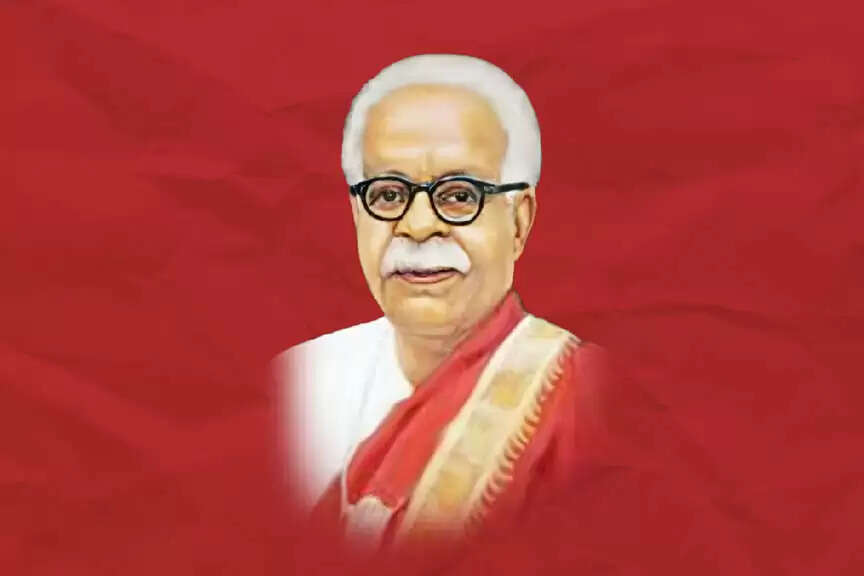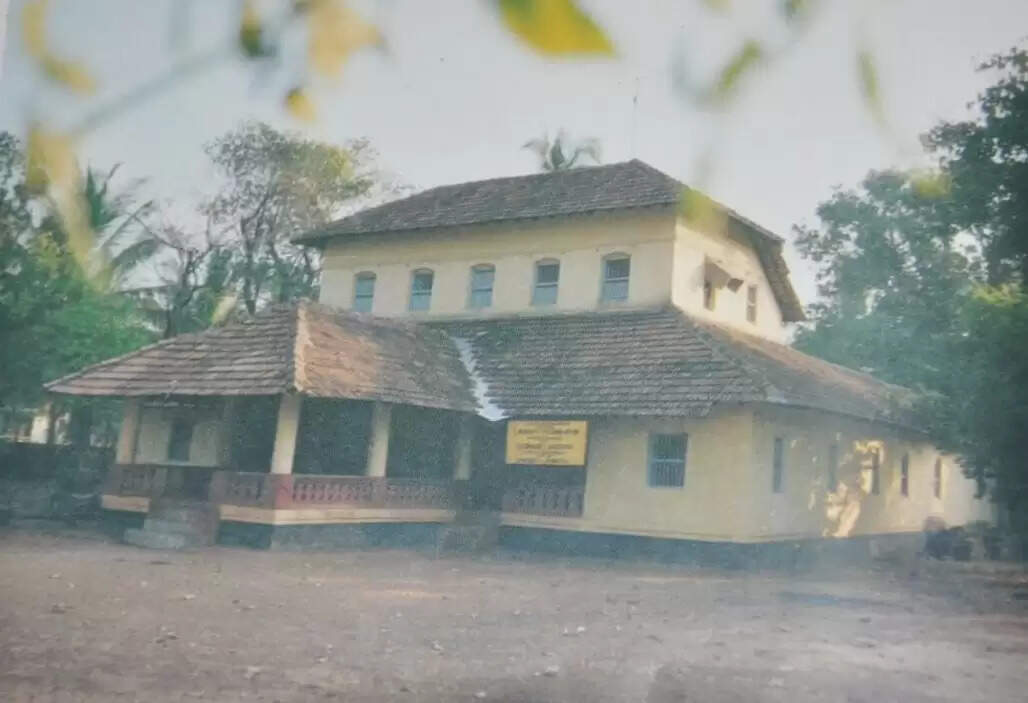Who Is Rashtrakavi M. Govinda Pai

Passion has commonly been defined as intense emotional force—a relentless urge to be engrossed deeply in something intensely valuable. Were one to identify it by the extreme inability to give up the greatest love one could have, M. Govinda Pai would very much rank as one of the most passionate authors in Indian history.
M. Govinda Pai: Life at a Glance
Born on 23rd March 1883 in Manjeshwar, Karnataka, Manjeshwar Govinda Pai was the eldest son of Sahukaar Thimmappa Pai and Devaki Amma. Right from his childhood, Pai had an abiding passion for literature and language. He was subscribing to a number of literary magazines when he was just 13 years old, so many that his teacher, who was a famous poet by the name of Panje Mangesh Rao, would borrow the magazines from him.

Pai's career as a writer was marked by his mastery of numerous styles of poetry, ranging from the old rhyme-ending poetry to blank verse and bringing the sonnet to Kannada literature. At first hesitant about the requirement of rhyme in poetry, he later abandoned it altogether. In 1911, he printed a rhymeless poem called Holeyanu Yaru in the magazine Swadeshabhimani. Coming under fire for disregarding poetic conventions, Pai quoted English literary masters Shakespeare and Milton to justify the poet's autonomy to opt for form over formula.
A true polyglot, Govinda Pai’s knowledge of multiple languages not only enriched his writing but also bolstered his research capabilities. He learned Hebrew specifically to write his famed epic poem, Golgotha (1937), which chronicles the final days of Christ. His depth of scholarship and sensitivity to cultural nuances are evident throughout his works.
M. Govinda Pai: Fame and Glory
Apart from Golgotha, Pai wrote many other notable literary pieces. Some of them are Vaisakhi (about Buddha's final days), Hebberalu (a re-telling of the Ekalavya legend), and Chitrabhanu (based on the Quit India Movement). Gommata Jinastuti was his first published work, and every piece he wrote thereafter further established him in the world of literature.
In appreciation of his great service to Kannada literature, the Maharaja of Bhawanagar, Governor of Madras State at the time, conferred on him the title of Rashtrakavi (National Poet) in 1949. He was the chief guest at the Kannada Sahitya Sammelana conducted in Bombay two years later, a highlight of his long literary career.

Though he was famous, Pai was extremely modest. To save his name and encourage linguistic research, the Rashtrakavi Govinda Pai Research Centre was set up in Udupi in 1965. It still encourages research in Tulu and Konkani languages, local culture, literature, and folk art.
Afterword
Rashtrakavi M. Govinda Pai was not just a poet—he was a cultural figure who crossed linguistic, philosophical, and literary realms. Even years after his demise, his work continues to galvanize writers, researchers, and language aficionados alike.

